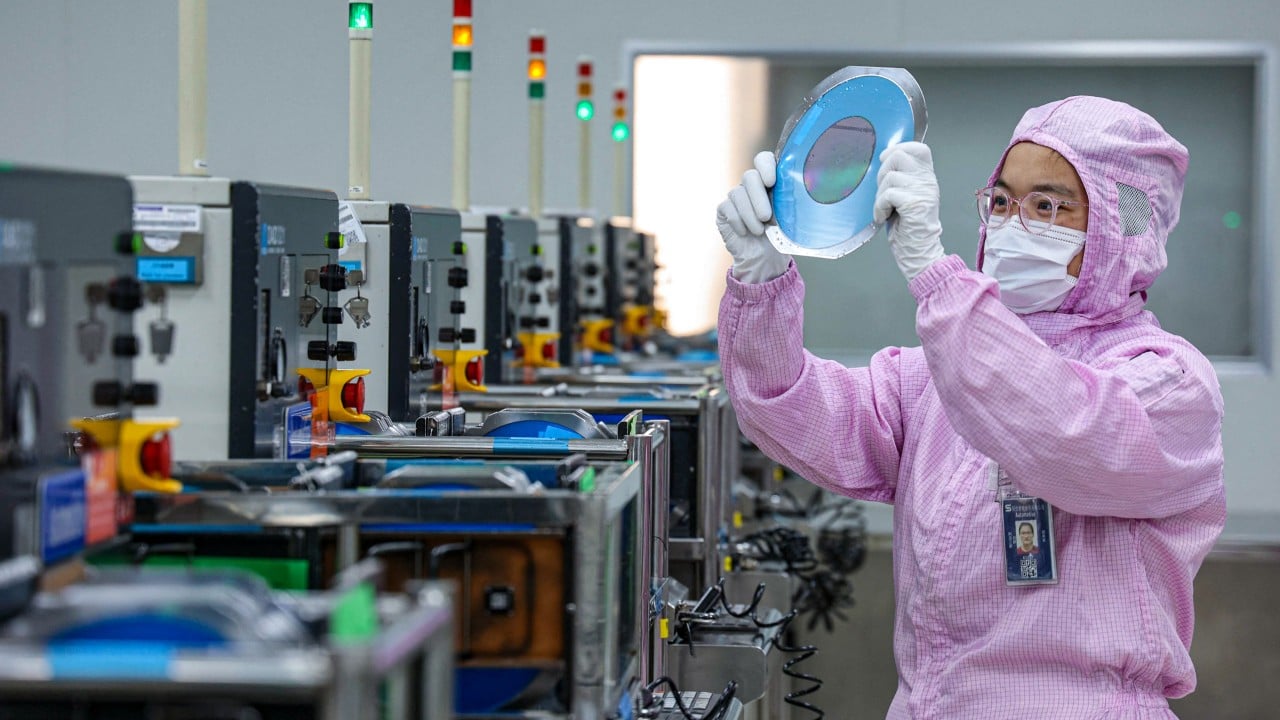As China drafts its 15th five-year plan – the next entry in a line of expansive blueprints that have set the tone for the country’s development over more than seven decades – we explore what China will do in the field of science and technology, particularly regarding the introduction of scientific talent. For more stories in this ongoing series, click here.
Advertisement
China aims to become a global leader in science and technology by 2035, and has identified the next five years as a critical, decisive period for breakthrough advancements towards that goal.
This push comes as international competition intensifies in strategic fields such as semiconductors and artificial intelligence.
At a State Council press briefing on September 18, the minister of Science and Technology, Yin Hejun, reported on China’s progress during the ongoing 14th five-year plan period (2021 to 2025).
National R&D investment has surged by 48 per cent compared to 2020, the number of researchers remains the world’s largest, and China has climbed to 10th place in the Global Innovation Index. It has led the world in the volume of high-impact international journal publications and patent applications for five consecutive years.
Advertisement
While China has achieved front-runner status in areas like space exploration, 5G and new energy, the semiconductor and AI sectors remain key battlegrounds, especially as US-led export curbs hobble Beijing’s access to advanced chip manufacturing technology.

